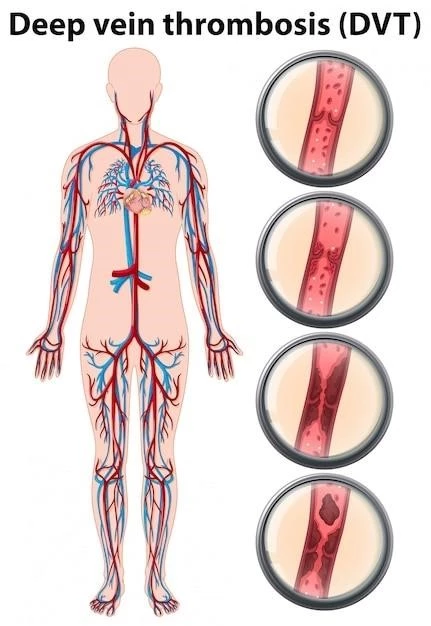Vascular bleeding disorders result from defects in blood vessels, typically causing cutaneous or mucosal lesions called petechiae, purpura, and ecchymoses. Purpura refers to visible hemorrhage into mucous membranes or skin.
Definition and Characteristics
Purpura is the visible hemorrhage into mucous membranes or skin caused by bleeding underneath the skin secondary to platelet disorders, vascular disorders, or coagulation issues. Purpura manifests as discolored spots that do not blanch upon pressure application. It includes various forms such as petechiae, ecchymoses, and palpable purpura associated with vascular fragility and malformations. Purpura simplex, a common type, results from vascular fragility leading to increased bruising. Understanding the underlying causes and characteristics of purpura is crucial for diagnosis and management.
Types of Vascular Purpura
There are various types of vascular purpura, including IgA Vasculitis (Henoch-Schönlein Purpura) and Purpura Simplex, each with distinct causes and characteristics.
IgA Vasculitis (Henoch-Schönlein Purpura)
IgA Vasculitis, previously known as Henoch-Schönlein Purpura, is characterized by systemic inflammation of small vessels due to IgA deposition and neutrophil activation, often presenting with cutaneous vasculitis and other systemic manifestations.
Purpura Simplex and Causes
Purpura simplex is characterized by increased bruising due to vascular fragility, often caused by conditions like amyloid deposition within vessels or other underlying disorders affecting blood vessel integrity.

Clinical Presentation of Vascular Purpura
Typical manifestations include petechiae, purpura, ecchymoses, and unique rash patterns that do not blanch upon pressure application.
Symptoms and Rash Patterns
In vascular purpura, symptoms often include petechiae, purpura, and ecchymoses, with rash patterns that do not blanch upon pressure application, reflecting bleeding underneath the skin.
Causes and Risk Factors
Vascular purpura can result from various underlying causes such as platelet disorders, vascular disorders, coagulation issues, and other related factors.
Underlying Vascular Disorders
Vascular purpura can be linked to various underlying vascular disorders, including conditions that affect blood vessel wall structure and function, leading to cutaneous or mucosal manifestations like petechiae, ecchymoses, and palpable purpura, which require specific diagnostic evaluation and management.
Role of Platelet Disorders and Coagulation Issues
Platelet disorders and coagulation issues play a significant role in the development of vascular purpura, contributing to abnormal bleeding and hemorrhage due to impaired platelet function or coagulation abnormalities.

Diagnosis and Differential Diagnosis
Diagnosing vascular purpura involves assessing symptoms, performing diagnostic tests to identify the underlying cause, and distinguishing it from other conditions with similar skin manifestations.
Diagnostic Methods for Vascular Purpura
Diagnostic methods for vascular purpura include physical examination, assessing medical history, performing blood tests to evaluate platelet count and coagulation factors, and possibly skin biopsy to confirm the underlying cause.
Treatment Approaches for Vascular Purpura
Effective management of vascular purpura involves specific treatment strategies tailored to address the underlying cause and may include various therapeutic interventions to control bleeding and improve vascular health.
Potential complications associated with vascular purpura can vary based on the underlying cause and severity of the condition. Understanding these complications is essential for determining the prognosis and proper management of the disorder.
Complications and Prognosis
Potential complications associated with vascular purpura can vary based on the underlying cause and severity of the condition. Understanding these complications is essential for determining the prognosis and proper management of the disorder.
Potential Complications Associated with Vascular Purpura
Complications related to vascular purpura can include skin ulcers, organ damage, gastrointestinal issues, and renal problems, all impacting the overall health and prognosis of individuals with the condition.
Recent Research and Advancements in Vascular Purpura
Emerging trends in understanding vascular purpura involve advancements in identifying genetic factors predisposing individuals to certain types of purpura, novel treatment modalities targeting specific vascular abnormalities, and exploring the role of immune dysregulation in the pathogenesis of vascular purpura.
Emerging Trends in Understanding Vascular Purpura
Recent advancements in understanding vascular purpura focus on identifying genetic predispositions, developing targeted treatment approaches, and exploring immune system dysregulation as a key factor in the disease pathogenesis.
